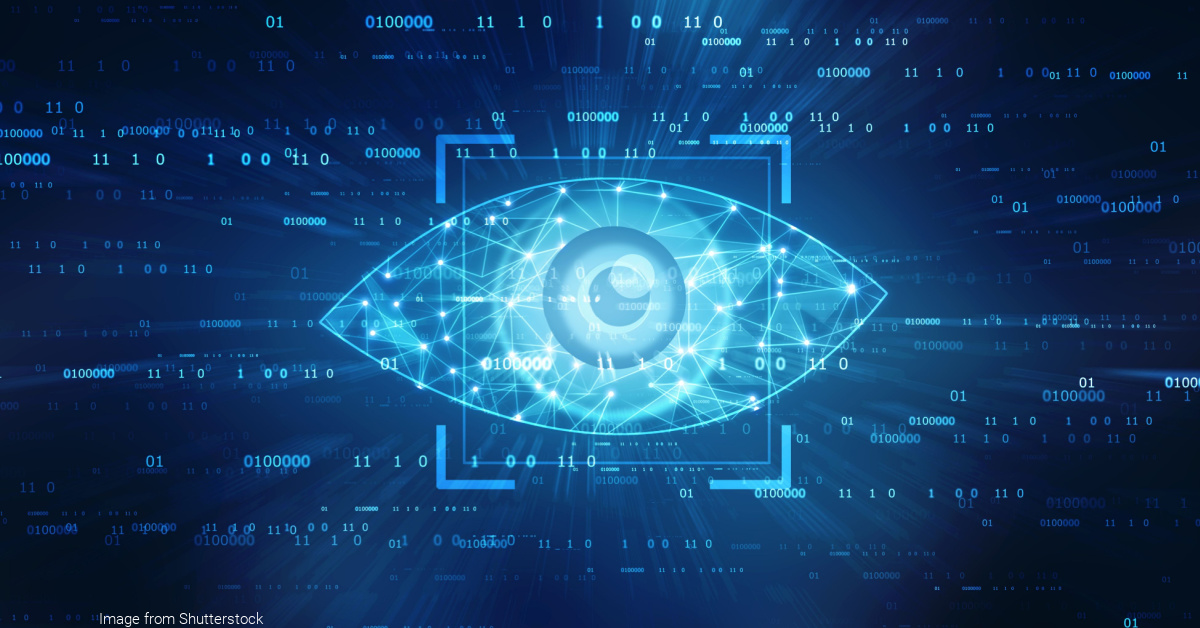Everything you Wanted to Know About Computer Vision
- May 19, 2023
- Posted by: Aanchal Iyer
- Category: Artificial Intelligence

Introduction
Did you know that one of the most powerful kinds of AI is computer vision which most of us have experienced in many ways without even realizing it? This blog covers all the details about computer vision, how it works, and why it is important in today’s day and age.
So, what exactly is computer vision:
Computer vision is a field of computer science that teaches computers to comprehend and interpret the visual world. Until now, computer vision worked in a limited capacity. With advances in Artificial Intelligence (AI) and inventions in neural networks and deep learning, computer vision has progressed rapidly. The field has surpassed humans in tasks such as labeling and identifying objects. Read on to learn more about this field:
How does Computer Vision Work?
One of the main factors that have contributed to the progress of computer vision is the amount of data that is generated every day. It is this data that trains the machines to make computer vision better.
On a certain level, computer vision is all about pattern identification. So, one way to train a computer to understand visual data is to feed it millions of labeled images. These images then need to be subjected to different software algorithms or techniques, that enable a computer to identify patterns in all the elements associated with those labels.
Computer Vision Benefits
Computer vision automates various tasks without human intervention, providing organizations with several benefits:
- Simpler and faster process – Computer vision carries out redundant tasks very fast, which simplifies the work of humans.
- Improved services and products – The well-trained computer vision systems make no errors. This results in faster delivery of high-quality services and products.
- Cost-reduction – Organizations can save money by trying to fix their faulty processes.
Applications of Computer Vision
Computer vision has a broad range of practical applications, from facial recognition technology and self-driving cars to augmented reality and medical imaging.
Computer Vision and Self-Driving Cars
Following are some ways in which computer vision is used in self-driving cars:
- Allow self-driving cars to distinguish and identify objects such as pedestrians, traffic lights, and road signs.
- Identify and track the edges of the road.
- Strategize a path through traffic by making predictions of the motion of other objects in the environment.
Computer Vision and Facial Recognition
Computer vision is used in facial recognition in the following ways:
- Detect specific facial features and use the information to understand whether a face is available.
- Extract a set of specific facial features such as the shape of the nose or eyes to develop a template that illustrates a specific individual’s face.
- Match the template with an image present in the database.
Medical Imaging and Computer Vision
Medical imaging also makes use of computer vision in the following ways:
- Divide medical images into separate regions of interest, such as tissues or organs.
- Eliminate noise and improve image contrast so that doctors can detect abnormalities easily.
- Support computer-aided diagnosis systems that analyze medical images and provide physicians with diagnostic support.
Wrapping Up
Each technology comes with its set of cons. The lack of specialists in deep learning and the need for regular monitoring to avoid system breakdowns are the two main cons of computer vision. However, computer vision stands apart with its excellent approach to data analysis. The huge amount of data that we generate can be put to good use with computer vision, so that computers can help understand and interpret the world around them.
